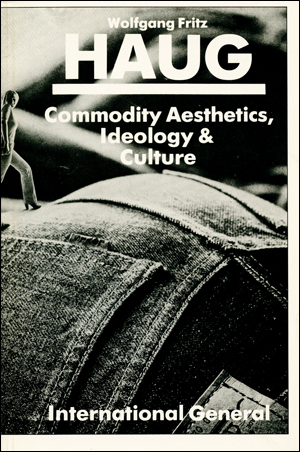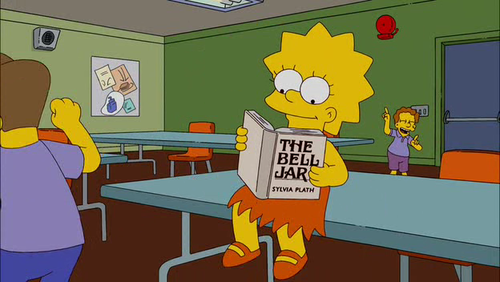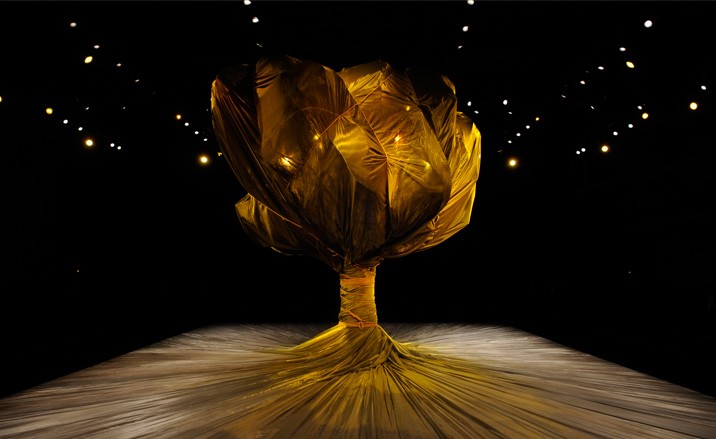By Phoebe Hoban
“If you had only twenty-four hours left to live, what would you do?”
“I don’t know. I’d go hang out with my mother and my girlfriend, I guess.”
Friday, August 12, 1988. On the sidewalk outside 57 Great Jones Street, the usual sad lineup of crack addicts slept in the burning sun. Inside the two-story brick building, Jean-Michel Basquiat was asleep in his huge bed, bathed in blue television light. The air conditioner was broken and the room felt like a microwave oven. The bathroom door was ajar, revealing a glimpse of a black and tan Jacuzzi tub. On the ledge of the tub was a small pile of bloody syringes. There was a jagged hole punched in the bathroom window. Beneath it was scrawled the legend “Broken Heart,” with Basquiat’s favorite punctuation, a copyright sign.
Kelle Inman, Basquiat’s twenty-two-year-old girlfriend, was downstairs writing in the journal that Basquiat had given her. He usually slept all day, but when he still hadn’t come down for breakfast by midafternoon, Inman got worried. When she looked into the bedroom to check up on him, the heat hit her full in the face, like a wave. But Basquiat seemed to be sleeping peacefully, so she went back downstairs. She and the housekeeper heard what sounded like loud snores, but thought nothing of it.
A few hours later, Basquiat’s friend Kevin Bray called. He and Basquiat and another friend, Victor Littlejohn, were supposed to go to a Run-D.M.C. concert that evening, and he wanted to make plans with Jean-Michel. Kelle climbed back up the stair’s to give Basquiat the message. This time, she found him stretched on the floor, his head Jean-Michael on his arm like a child’s, a small pool of vomit forming near his chin.
Inman panicked. She had never seen anyone die, although Basquiat’s drug binges had made the scenario a constant fear. Now it seemed like the worst had happened. She ran to the phone and called Bray, Littlejohn, and Vrej Baghoomian, Basquiat’s last art dealer.
“When I got there,” recalls Bray, “Kelle said she had called an ambulance. She took me upstairs. Jean-Michel looked like he was comfortably out cold. He was on the floor, lying against the wall, as if he had fallen down and didn’t have the strength to get up, and was just taking a nap. There was a lot of clear liquid coming out of his mouth. We picked him up and turned him over. We shook him, and we just kept trying to revive him. It took a long time for the ambulance to arrive. But for a while, after the guys from the Emergency Medical Service came, we thought he was going to be okay. They were giving him shocks and IV treatment. Victor had to hold Jean-Michel up like this so the IV’s would drain,” says Bray, stretching his arms out in a cruciform.
Bray couldn’t take it anymore. He went downstairs, where Inman, and two assistants from the Baghoomian gallery, Vera Calloway and Helen Traversi, were trying to stay calm. “We tried to take his pulse. His skin was so hot,” says Calloway. Baghoomian called the studio just as the paramedics arrived. He was in San Francisco and Helen was forced to act in his stead.
“It was almost like it was some sort of business transaction,” says Bray. “They put a tube in his throat and they brought him downstairs. They wouldn’t tell us whether he was dead or alive and they took him outside. He had this beautiful bubbling red-white foam coming out of his mouth.”
“We all hoped some miracle would happen,” recalls Helen, who begins to cry at the memory. Outside on the pavement, a small crowd had gathered in horror and fascination. “I was about to leave on vacation with my wife,” says filmmaker Amos Poe, who was a friend of the artist. “We watched as they loaded his body into the ambulance. I saw his father pull up in a Saab. I kept saying to my wife. `Jean-Michel is dead.’ He really lived out that whole destructo legend: Die young, leave a beautiful corpse.”
Basquiat was buried at Green-Wood Cemetery in Brooklyn five days later. His father invited only a few of the artist’s friends to the closed-casket funeral at Frank Campbell’s; they were outnumbered by the phalanx of art dealers. The heat wave had broken, and it rained on the group gathered at the cemetery to bid Jean-Michel goodbye. The eulogy was delivered by Citibank art consultant Jeffrey Deitch, lending the moment an unintentionally ironic tone.
Blanca Martínez, Basquiat’s housekeeper, was struck by the alienated attitude of the mourners. “They were all standing separately, as if it were an obligation,” she says. “They didn’t seem to care. Some looked ashamed.” People began to leave the cemetery before the body was buried. Ignoring the objections of the gravediggers, Martinez tearfully threw a handful of dirt onto the coffin as they lowered it into the grave.
Basquiat’s mother, Matilde, looking dazed, approached Baghoomian to thank him for his help to her son during his last days. Gerard Basquiat later admonished his former wife not to talk to the art dealer. The scene was already being set for a bitter battle over the estate of the artist.
The following week, appraisers from Christie’s set to work taking inventory of the contents of the Great Jones Street loft: finished and unfinished paintings, other artists’ works (including several dozen Warhols and a piece by William Burroughs), a vintage collection of Mission furniture, a closet full of Armani and Comme des Garcons suits, a library of over a thousand videotapes, hundreds of audiocassettes, art books, a carton of the Charlie Parker biography Bird Lives!, several bicycles, a number of antique toys, an Everlast punching bag, six music synthesizers, some African instruments, an Erector set, and a pair of handcuffs.
There were also a number of paintings in warehouses: following Andy Warhol‘s advice, Basquiat had tried to squirrel some of his work away from his ever-eager art dealers. According to Christie’s, Basquiat had left 917 drawings, 25 sketchbooks, 85 prints, and 171 paintings.
Artist Dan Asher walked by his old friend’s loft and was astonished to see a number of Basquiat’s favorite things in a Dumpster: his shoes, his jazz collection, a peculiar lamp made out of driftwood, Sam Peckinpah‘s director’s chair. Asher salvaged a few items; he sold the chair to a collector.
It would be another year before Gerard Basquiat ordered a tombstone for his son. But for several weeks after the artist’s death, he was commemorated by a small shrine some anonymous fan had placed by his door. Shrouded in lace, it held flowers, votive candles, a picture of Basquiat, some carefully copied prayers, and a Xerox of a David Levine caricature of the artist, complete with a caption: “In an age of limitless options and limiting fears, he still makes poems and paintings to evoke his world.”
A formal memorial service was finally held at Saint Peter’s Church in Citicorp Center, on a stormy Saturday in November. Despite the rain, wind, and bleak gray sky, several hundred people crowded into the church. Behind the pulpit hung a portrait of the artist as a young man, superimposed on one of his faux-primitive paintings. One by one, his former friends and lovers remembered Basquiat.
Gray, the band with which Jean-Michel had played at the Mudd Club, performed several songs. John Lurie played a saxophone solo. Ingrid Sischy, editor of Interview magazine, read a eulogy. Ex-girlfriends Jennifer Goode and Suzanne Mallouk tearfully read poems. And Keith Haring, AIDS-thin, reminisced about his friend. “He disrupted the politics of the art world and insisted that if he had to play their games, he would make the rules. His images entered the dreams and museums of the exploiters, and the world can never be the same.”
Fab 5 Freddy, who knew Basquiat from his old graffiti days, “interpolated” a poem by Langston Hughes. “This is a song for the genius child. Sing it softly, for the song is wild. Sing it softly as ever you can–lest the song get out of hand. Nobody loves a genius child. Can you love an eagle, tame or wild? Wild or tame, can you love a monster, of frightening name? Nobody loves a genius child. Free [sic] him and let his soul run wild.”
After the service, everyone went to M.K., the bank-turned-nightclub on lower Fifth Avenue. Owned by Jennifer Goode’s brother, it was one of Jean-Michel’s favorite places. In fact, it was his last destination the night before he died. He had come to the club looking for Jennifer. Now people stood around the big television set, sipping champagne and watching a flickering black-and-white video of Basquiat. A photographer from Fame magazine snapped pictures of the known and not-so-known: the jewelry designer Tina Chow, and her sister, Adele Lutz, David Byrne‘s wife. Filmmaker Jim Jarmusch. It was the perfect send-off for the eighties art star; part opening, part wake.












































